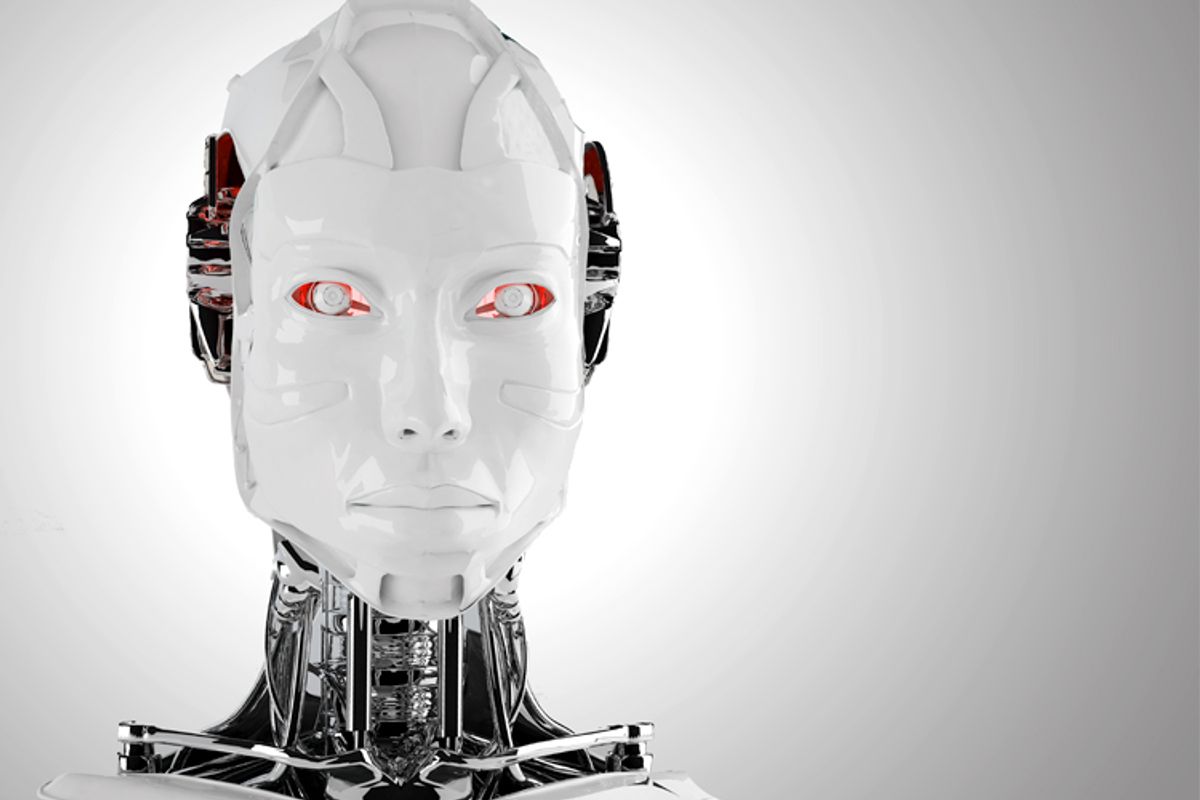In a room at Tennessee's Vanderbilt University, Russell tries to engage Madeline, a 3-year-old autistic girl. "Look at what I'm doing," Russell says, waving his arms in the air as Madeline looks on.
But Russell isn't a human being, he's a humanoid robot created by scientists at Vanderbilt with support from the National Science Foundation (NSF). Cameras and a Microsoft Kinect sensor track and record a child's movements and send the information wirelessly to Russell, who then gauges how engaged the child is and provides feedback accordingly. In doing so, he helps autistic children with something they struggle with: the ability to imitate others, a skill essential to learning.
"Autistic children understand the physical world much better than the social world," explains Nilanjan Sarkar, the mechanical and computer engineer who works on the project. Since Russell isn't as complex as a real human being, he doesn't over-stimulate an autistic child.
Microsoft's Kinect sensor has seen all sorts of applications by people outside the gaming community, including one that transcribes sign language to text.
![]()



Shares